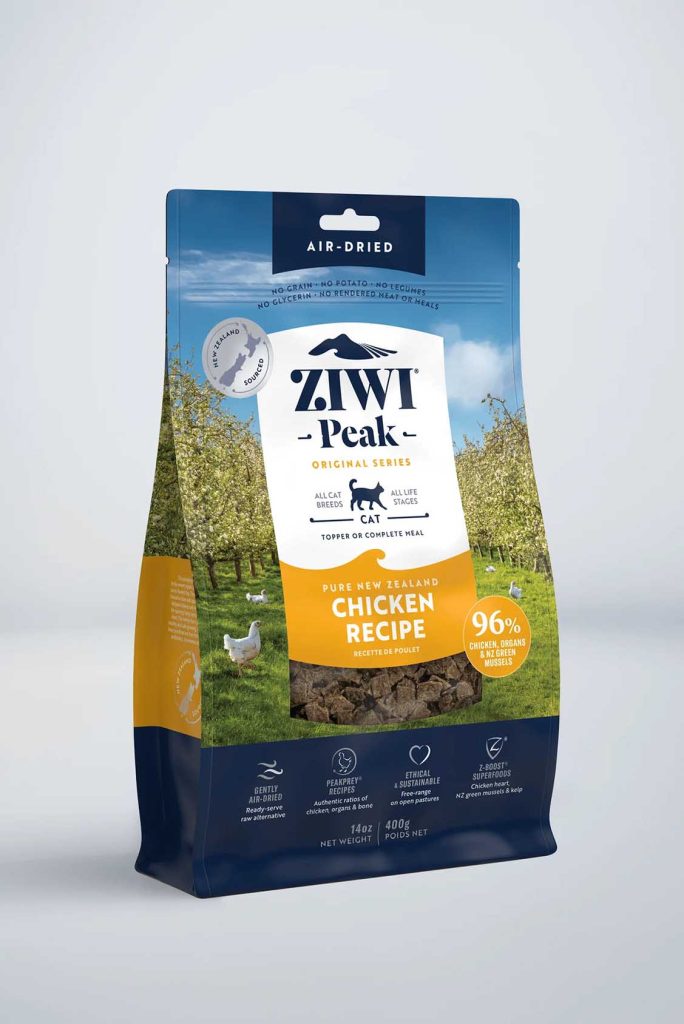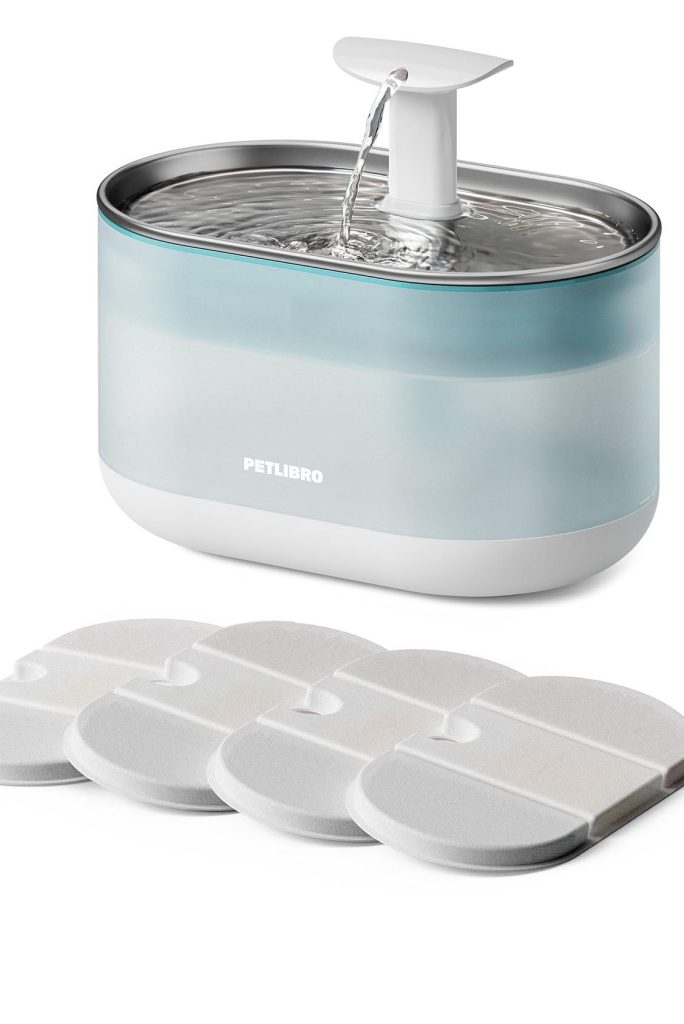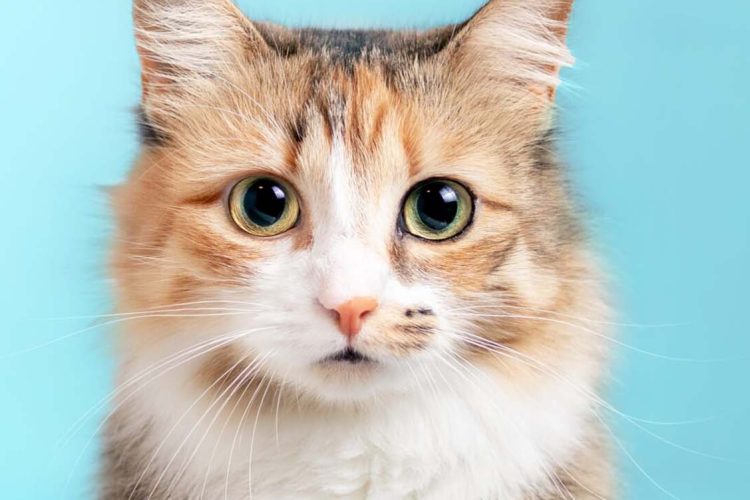Fur everywhere and a full water bowl—many cat owners are all too familiar with this situation. It seems like the cat is constantly shedding, and even after leaving the water bowl out all day, it’s barely touched. At one point, I even wondered if my cat had found a secret water source somewhere in the house. Initially, I thought these were just “normal cat behaviors,” but after digging deeper, I realized these seemingly ordinary signs could actually be quiet cries for help from our feline companions.
I’ll dive into excessive shedding, reluctance to drink water, potential health risks, practical solutions, and useful tools—all to help you understand your cat’s silent language.
1. Shedding—Seasonal Change or Serious Signal?
Cats do shed, and it’s completely normal—especially during seasonal transitions like spring and autumn. But if you notice the following signs, it might be time to look deeper:
- Excessive shedding outside of seasonal changes
- Patchy hair loss or over-grooming
- Redness, dandruff, or scabs on the skin
- Increased grooming, especially of the abdomen or legs
These symptoms could indicate skin conditions, allergic reactions, poor diet, or chronic stress.
1. Poor Diet Leads to Weak Fur
Unbalanced nutrition is one of the most overlooked causes of shedding. Low-quality cat food, when fed long term, can result in dry skin and brittle fur, leading to clumps of hair falling out.
If your cat’s food lacks high-quality animal protein, Omega-3 fatty acids, B vitamins, and zinc, it will struggle to maintain healthy skin and coat.
2. Allergens or Parasites Cause Hair Loss
Fleas, mites, and fungal infections like ringworm often cause local hair loss, scratching, and redness—especially behind the ears, inner thighs, chin, or neck. Even strictly indoor cats can be exposed to these irritants, often carried in unknowingly on clothes or shoes.
2. Not Drinking Water—Instinct or Health Risk?
Many cats are naturally reluctant to drink water. As desert animals, they’re evolved to get moisture from food, which partly explains their preference for wet food. However, modern feeding practices rely heavily on dry kibble, and not drinking enough water comes with serious risks.
1. Risk of Urinary Stones and Kidney Disease
When cats don’t drink enough, their urine becomes more concentrated. This can lead to urinary crystals, bladder inflammation, or even kidney stones. If you notice your cat making frequent bathroom visits with little output, crying while urinating, or urinating outside the litter box, their urinary system may be in distress.
Chronic dehydration can also cause irreversible kidney damage, especially in older cats, who are more prone to developing chronic kidney disease.
2. Dental Issues May Also Affect Water Intake

Red gums, bad breath, or chewing difficulties can make drinking painful for cats. Regular dental checks are essential, especially for senior cats who are more prone to tartar buildup and gingivitis.
3. What Looks Like a Habit Could Be a Cry for Help
Cats are experts at hiding pain. In the wild, showing weakness equals vulnerability. So when a cat starts shedding excessively or refuses to drink, it may already be at its threshold for signaling discomfort.
Some hidden causes behind these behaviors include:
- Chronic stress: Changes in family dynamics, new pets, or frequent moves can cause anxiety, leading to over-grooming and avoidance of water.
- Chronic kidney disease: Early signs are often subtle—such as not drinking, poor appetite, or lethargy.
- Skin sensitivity or food allergies: These manifest through repeated shedding, redness, licking, or soft stools.
If these issues persist without improvement, it’s best to consult a vet for a thorough check-up.
4. Practical Strategies: Solving the Shedding + Dehydration Combo
1. Adjust the Diet: Choose Nutritionally Complete Cat Food
Your cat’s diet directly impacts their fur quality. Look for foods rich in Omega-3, animal protein, and fiber to improve skin health and reduce shedding.
Recommended Product: ZIWI Peak Air-Dried Cat Food (Beef + Venison)
Available on: amazon.com
This air-dried food uses New Zealand free-range meat as its primary ingredient and is packed with natural Omega-3 and taurine. It’s grain-free and free of artificial additives, making it ideal for long-term use in cats with sensitive skin. Excellent for managing excessive shedding.
2. Increase Water Intake: Make Cats “Want” to Drink
- Use a water fountain: Cats are more attracted to flowing water than static bowls.
- Incorporate moisture-rich foods: Canned food or rehydrated freeze-dried meals are great hydration sources.
- Place multiple water bowls around the house: Sometimes the issue is just laziness—cats will drink if it’s conveniently nearby.
Recommended Product: PETLIBRO Capsule Water Fountain
Available on: amazon.com
This compact fountain uses a quiet pump and multi-stage filtration system. Its flowing water encourages cats to drink more, while the design ensures clean and safe hydration.
3. Manage the Environment: Reduce Stressors
- Keep the layout of your cat’s living space consistent
- Provide hiding spots like covered beds or cat caves
- Create vertical space with shelves or climbing trees
- Use pheromone sprays or diffusers to reduce anxiety
4. Skin Care and Supplemental Grooming
- Wipe sensitive areas regularly with pet-safe wipes
- Use a brush suited for your cat’s fur length to avoid tugging
- For skin problems, follow your vet’s instructions with medicated shampoos or creams

5. When to See a Vet
If you observe any of the following, seek veterinary help promptly:
- Asymmetric or patchy hair loss
- Constant licking or chewing of fur
- Not drinking or eating for more than 48 hours
- Rapid weight loss, frequent urination, or bloody urine
- Noticeably reduced energy or social interaction
Early diagnosis can rule out or address serious conditions like ringworm, chronic kidney failure, or thyroid disorders.
6. Observation is More Powerful Than Treatment
Daily observation is a critical habit for cat owners. You don’t need fancy tools—just consistency. By feeding, grooming, and cleaning the litter box at the same time each day, you’ll become sensitive to even subtle behavioral changes.
Ask yourself:
- Is water consumption fluctuating unusually?
- Is more fur falling out during brushing than usual?
- Is the cat licking one area excessively?
- Is it approaching the water bowl but not drinking?
These small cues can be early signs of underlying problems.
Cats don’t speak, but they express discomfort through shedding and refusal to drink water. If we dismiss these as “just cat things” or seasonal quirks, we may miss their early cry for help.
True cat care means understanding the emotions and physical cues hidden behind their calm appearance. With mindful feeding, a stress-free environment, and close daily observation, you can help your cat maintain healthy fur, stay hydrated, and avoid preventable chronic conditions.
Sometimes, your cat isn’t skipping water because it’s not thirsty; and the shedding may not just be about the season. It may be sending you a message in the only way it knows how—are you listening?
